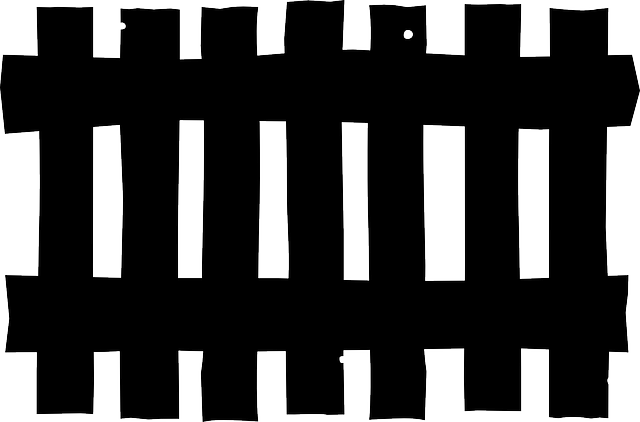In New Bedford, MA, residential fences offer more than just security; they enhance property value, provide privacy, and define outdoor spaces. However, installing a fence is a significant investment that requires careful consideration. This article guides homeowners through the process, from understanding the benefits of various fence types to choosing a reputable installation company. We’ll walk you through the installation process, offer post-installation care tips, and ensure your new fence stands the test of time.
- Understanding the Benefits of Residential Fences in New Bedford
- Choosing the Right Fence Installation Company
- The Installation Process: From Planning to Completion
- Post-Installation Care and Maintenance Tips
Understanding the Benefits of Residential Fences in New Bedford
In New Bedford, MA, residential fences offer a multitude of benefits that extend beyond mere property demarcation. They provide security and peace of mind by protecting homes and yards from intruders, while also enhancing privacy, ensuring residents can enjoy their outdoor spaces without unwanted attention. Fences serve as effective barriers against wild animals and pests, contributing to a safer and more comfortable living environment.
Moreover, fences significantly increase the value and curb appeal of a property. Well-installed fences not only provide structural support but also create a visually appealing boundary that can transform a yard into a beautiful outdoor oasis. Whether for security, privacy, or aesthetic reasons, residential fences are a smart investment for New Bedford homeowners looking to enhance their living spaces.
Choosing the Right Fence Installation Company
When choosing a residential fence installation company in New Bedford, MA, it’s crucial to consider their reputation and experience. Start by researching local companies with a proven track record; online reviews and ratings from platforms like Google or Yelp can be invaluable. Look for firms that specialize in your type of fence and have a history of high-quality workmanship and customer satisfaction.
Additionally, ensure the company is licensed and insured to protect yourself from potential liabilities. Ask for references and examples of their previous projects to gauge their capabilities and attention to detail. A reputable company will be transparent about pricing, materials used, and the entire installation process, ensuring you make an informed decision that suits your needs and budget.
The Installation Process: From Planning to Completion
When you hire a residential fence installation company, understanding the installation process is key. It begins with a detailed consultation where the company assesses your property and your specific needs. They’ll discuss fence types, styles, materials, and dimensions, ensuring the chosen design aligns with local regulations and your aesthetic preferences. This phase involves measuring, designing, and creating a customized plan for approval.
Once approved, the installation process kicks into gear. The company will clear the site, excavate if needed, and prepare the ground. Post-installation, they’ll secure any necessary permits and complete the project with a final inspection to ensure quality and safety. Throughout, communication is vital, as you should receive regular updates on progress and any changes or potential delays.
Post-Installation Care and Maintenance Tips
After your residential fence installation is complete, proper care and maintenance will ensure its longevity and appearance. Regular cleaning is essential to remove dirt, debris, and any buildup on the fence’s surface. Use a soft brush or sponge and mild detergent for washing, avoiding abrasive materials that could damage the finish.
Inspections are crucial to identify any signs of wear, rot, or damage. Check all components, including posts, rails, and gates, for stability and security. Repairs should be addressed promptly to prevent further issues. Regular sealing and painting will protect your fence from the elements, maintaining its aesthetic appeal and structural integrity over time.
